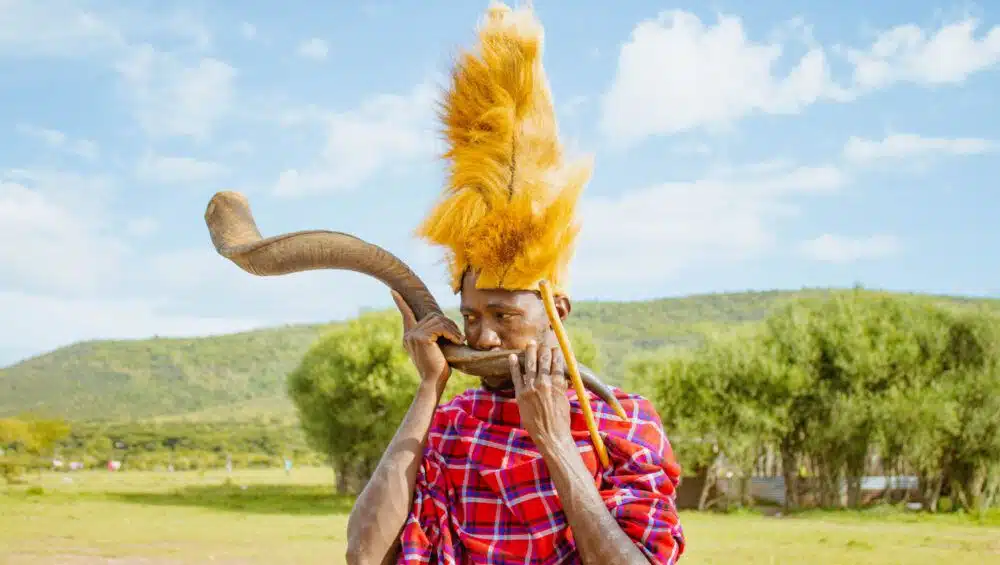African Safaris: Are They Worth the Adventure?
The Allure of the African Safari
Africa is synonymous with adventure, wildlife, and vast wildernesses. An African safari represents the quintessential experience for those seeking connection with nature and the excitement of seeing some of the planet’s most majestic animals in their natural habitat. The continent provides a range of safari experiences, from the vast savannas of the Serengeti to the dense forests of the Virunga Mountains. But the question lingers— are African Safaris really worth the adventure?
Diverse Wildlife Encounters
One of the primary reasons people embark on an African safari is the promise of incredible wildlife encounters. There’s an undeniable thrill in watching a pride of lions on the hunt or observing a herd of elephants while they forage and play. Each safari destination offers a unique catalogue of species, including the ‘Big Five’—lion, leopard, rhinoceros, elephant, and Cape buffalo. Seeing these animals in the wild, as opposed to a zoo, provides a much more authentic and awe-inspiring experience.
Conservation Efforts and Education
African safaris also play a critical role in conservation efforts. Many safari operators contribute towards wildlife protection initiatives and help to fund local conservation projects. Visitors learn about the challenges faced by various species, the importance of preserving their habitats, and how they can help. This educational aspect is invaluable and instills a greater appreciation and respect for wildlife and ecosystems.
Cultural Immersion
Beyond the wildlife, safaris offer cultural immersion like few other experiences can. Travellers have the chance to meet local communities and learn about their ways of life, often unchanged for centuries. Engaging with local tribes such as the Maasai in East Africa not only enriches the safari adventure but also contributes economically to these communities, ensuring that they directly benefit from tourism.
Variety of Safari Styles
A misconception is that all safaris are created equal. On the contrary, there is a safari for every type of traveler. Whether you favor the ruggedness of camping under the stars, the comfort of a luxury lodge, or the intimacy of a walking safari, there’s an option that aligns with your adventure threshold and comfort. Each style offers different perspectives and experiences of the African bush.
Physical and Mental Rejuvenation
The very essence of an African safari—disconnecting from the modern world and immersing oneself in the rhythm of nature—is rejuvenating. The serenity of the African bush, the sounds of the wilderness, and the proximity to wildlife are a form of escape that many fail to find in other types of vacations. This kind of detachment can lead to significant mental and emotional rejuvenation, offering a respite from the daily grind.
Considerations and Challenges
However, it is crucial to consider the challenges that come with safari adventures. Travel to remote areas may require lengthy and sometimes uncomfortable journeys. Safaris can also be quite costly, and the best experience often comes at a premium price. Additionally, visiting untouched environments means facing the unpredictability of nature—from the weather to animal behavior—which may not appeal to everyone.
Final Thoughts on the Worth of an African Safari
In conclusion, African Safaris offer a distinct and multifaceted experience that is difficult to match. They are a bridge to understanding, conserving, and appreciating our natural world while offering a platform for authentic adventure and personal transformation. While a safari may not be the perfect fit for every traveler, for those who value wildlife, nature, and culture, an African safari is undoubtedly an adventure worth embarking on. Whether it’s witnessing the Great Migration, tracking gorillas through forested mountains, or sitting quietly as a sunset paints the sky over the savanna, the memories and experiences gained on an African safari can be some of the most profound and life-changing.












